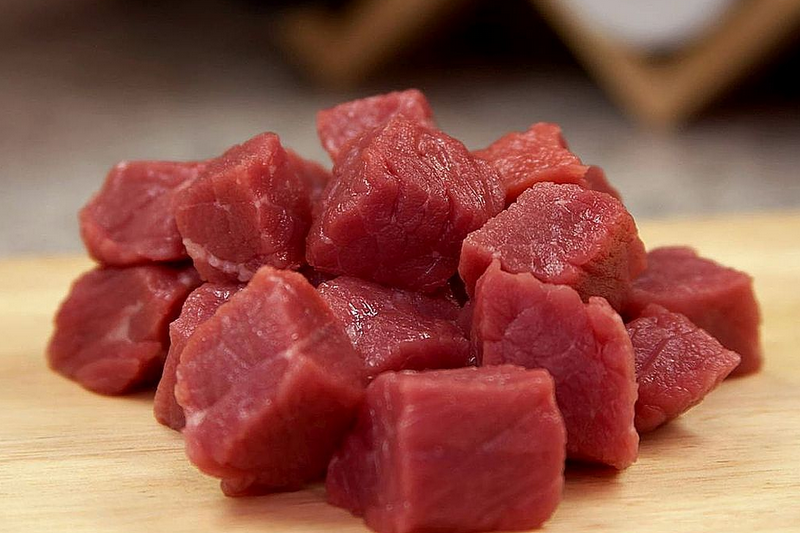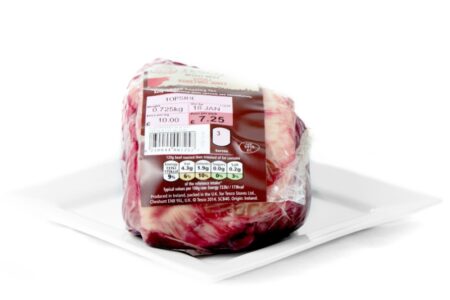Scientific evidence proves mechanically butchered meat ‘is meat’

Following a landmark High Court ruling, Leatherhead Food Research says that more sophisticated analysis is required for meat harvested using advanced mechanical butchery technologies.
Microscopy performed by Leatherhead was pivotal to the recent case which ruled in favour of meat processor Newby Foods. Leatherhead was called to act as an expert witness, being the UK’s only UKAS accredited laboratory for muscle fibre structure analysis, to determine the quality of mechanically separated meat.
Leatherhead’s analysis demonstrated that the muscle fibre structure of chicken and pork harvested via Newby Foods’ unique process was consistent with ‘fresh meat’. This led the judge to conclude that the meat was not mechanically separated meat, enabling it to contribute to the labelled meat content of end products.
The performance of butchery machines is improving, and in some cases this enables residual meat to be harvested with little damage to the muscle structure. Such developments play a vital role in the food industry, enhancing cost effectiveness, reducing food waste and safeguarding the environment, which is fundamental to European legislation.
“The Leatherhead method of analysis was directly referred to by Justice Edwards-Stuart in the final ruling. It proved beyond doubt that our meat has the properties of standard fresh meat, not mechanically separated meat,” says Graham Bishop, managing director at Newby Foods.
Professor Kathy Groves, head of microscopy at Leatherhead Food Research, adds, “Our evaluation of Newby Foods’ samples involved detailed microstructural analysis. In all cases, the muscle fibre structures were almost completely intact, just as you would expect to see with fresh meat. The technique we used could enhance food manufacturers’ incoming quality inspections for products where the inclusion of mechanically butchered meat is acceptable, but mechanically separated meat is not.”



